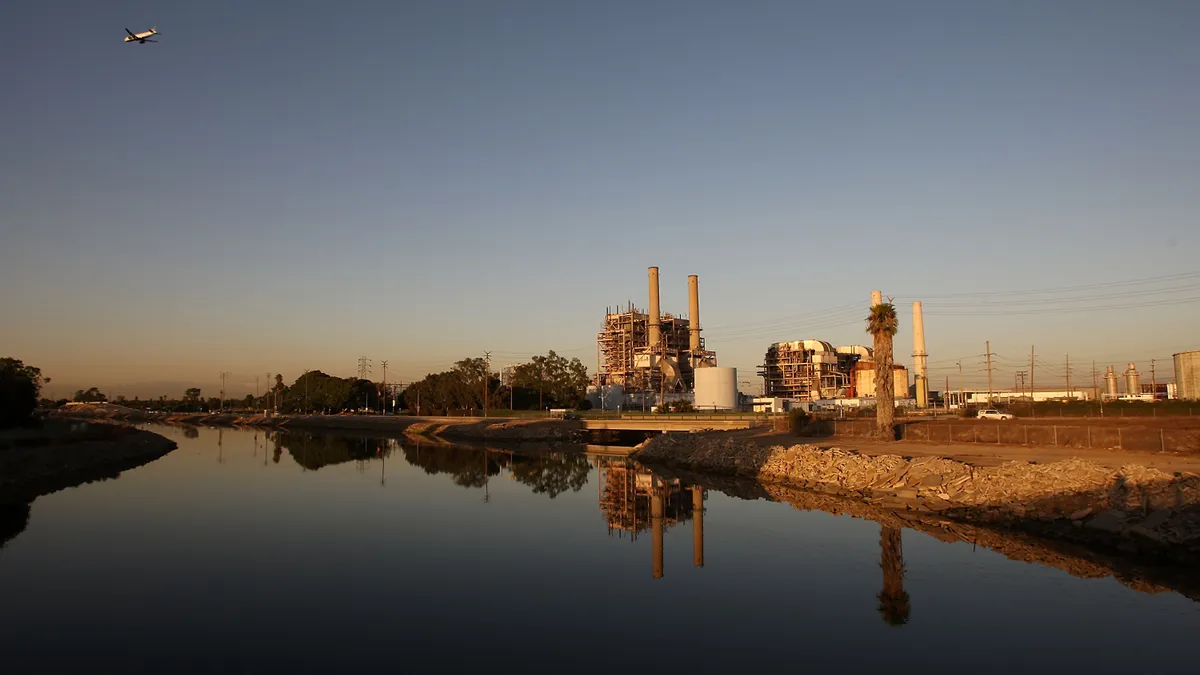Dive Brief:
- A recent UBS research note estimates there are 15,000 MW of combined-cycle gas-fired generation under construction in the PJM footprint, and about 4,000 MW of new capacity anticipated to clear the grid operator's upcoming capacity auction.
- Platts reports on the note, which said about two-thirds of the capacity under construction will be located in Pennsylvania and Ohio.
- PJM has some of the cheapest gas in the United States, and the region is leaning heavily on the resource to replace retiring coal plants. About 20,000 MW of gas-fired power is expected online in the Mid-Atlantic by 2019.
Dive Insight:
Cheap gas from the Utica and Marcellus shale areas is fueling a buildout of gas capacity in PJM, with several new plants expected to bid into and clean the upcoming capacity auction. But officials at the RTO told Platts they are concerned that the Federal Energy Regulatory Commission is currently unable to field a quorum, a major obstacle since the commission oversees federal power markets and will need to prepare for the upcoming auction.
Former Commissioner Norman Bay left FERC last week during a leadership shakeup, leaving the agency with just two commissions and three empty seats. Three commissioners are required to produce a quorum and decide major issues.
The shorthanded commission will also be unable to approve pipeline projects, though PJM is not as constrained as other regions, such as New England.
PJM forecasted peak load of 135,500 MW this winter, and it has installed capacity of about 183,600 MW; gas makes up about a third of the grid operator's generation.
Two winters ago, PJM fell victim to the Polar vortex, when extreme cold weather spiked demand and crippled power plants. At one point, about 20% of the grid's generation was offline, leading the operator to enact more stringent capacity requirements. The upcoming auction will be the first year those are in effect.
Check out Utility Dive's Power-Gas Index for more coverage of the link between fuel and power, and how little slack some regions have in their pipeline systems.
Officials from PJM Interconnection and ISO New England last year told federal officials that opposition to new gas pipeline capacity puts their ability to procure fuel at risk, especially in the colder months when heating demand spikes. But looking ahead to the winter, both grid operators say they will meet demand, S&P Global reports.














